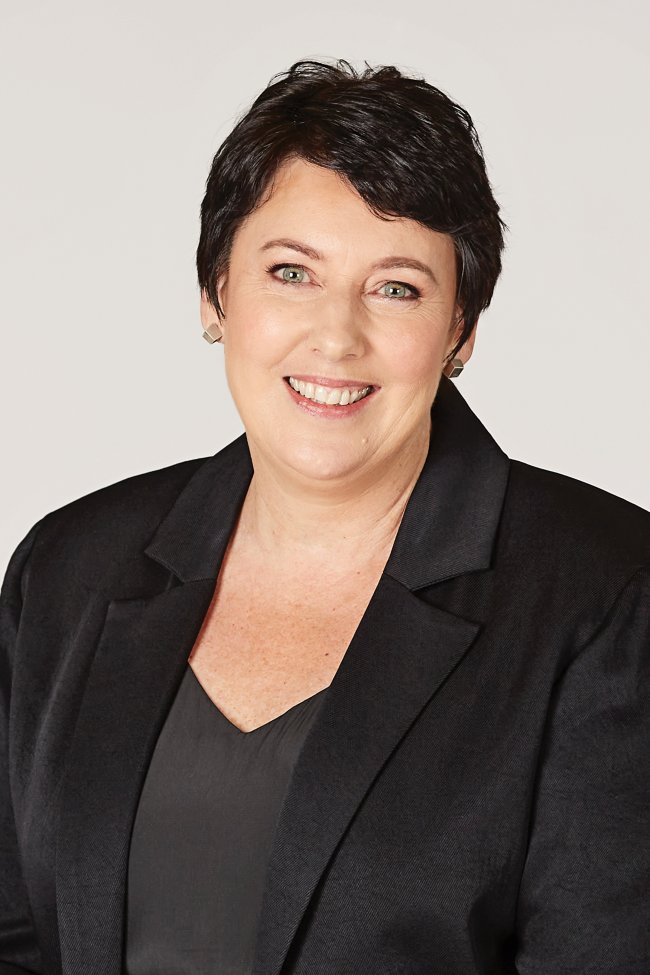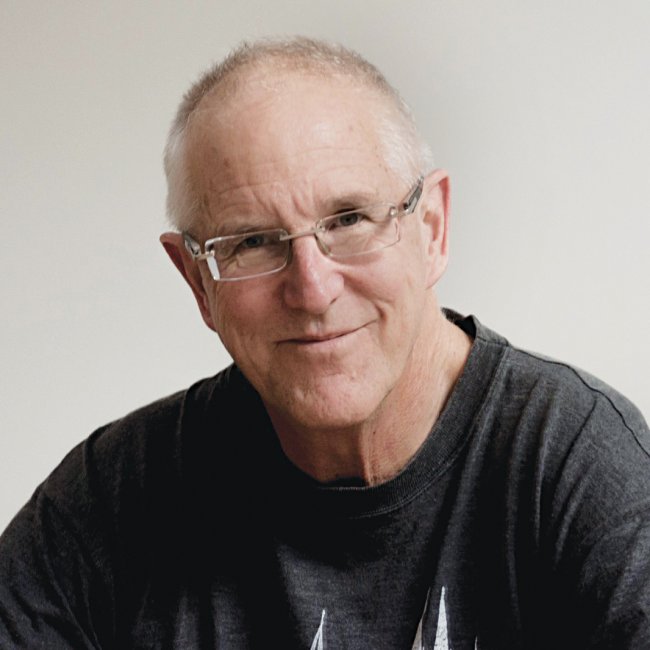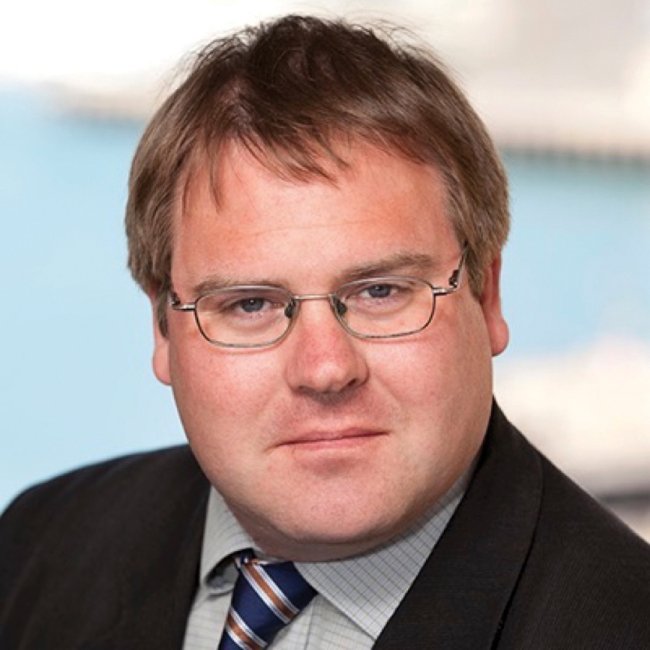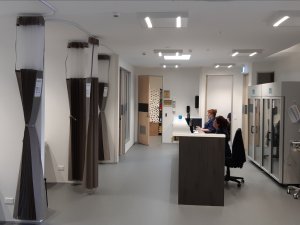Respiratory physician Lutz Beckert considers chronic obstructive pulmonary disease management, including the prevention of COPD, the importance of smoking cessation and pulmonary rehabilitation, and the lifesaving potential of addressing treatable traits. He also discusses the logic of inhaler therapy, moving from single therapy to dual and triple therapy when indicated, as well as other aspects of management
Who are our practices serving? Need profile of enrolled patients varies dramatically
Who are our practices serving? Need profile of enrolled patients varies dramatically

A research team has produced the largest-ever dataset on general practice in New Zealand. Research leads Nicolette Sheridan, Tim Kenealy and Tom Love explain that some of their findings reveal issues with how people with high health needs are cared for.
This is the second article in the series of five. Read the third here
Our team studied 924 general practices in Aotearoa New Zealand at September 2018. We noted different levels of enrolment across practice models for Māori, Pacific and people living in quintile 5 (highest-deprivation) areas.
We found that practice models with more patients with high needs provided more nurse, nurse practitioner and GP time.
This increase in clinical input was insufficient to meet the level of need and may not be the only resource required to achieve equitable patient health outcomes.
Most of the practices in our study – 695, or 75 per cent – were traditional practices.
The other practice models were corporate (103 practices), Health Care Homes (127), and those owned by a PHO or then-DHB (27), a trust or NGO (99), Māori practices (65) and Pacific practices (15). Some practices fitted more than one model, for example, 59 of 65 Māori practices were owned by a trust/NGO.
Half the practices in Aotearoa New Zealand had fewer than 3622 enrolled patients. The smallest practices (by median number of enrolled patients) were Pacific (2356) and Māori (2954). The largest were corporate practices (5527) and Health Care Homes (5750).
Practice size was not associated with either better or worse patient outcomes.
Twice as many Māori practices (34 per cent) were rural compared with the overall percentage (17 per cent).
Traditional practices were the most widely spread geographically but only 14 per cent were rural, slightly higher than corporate practices (11 per cent). All Pacific practices were urban.
Of the newest model, Health Care Homes, 21 per cent were rural, with some Health Care Homes also being trust/NGO practices.
The vast majority of Māori and Pacific practices held Very Low Cost Access (VLCA) contracts and so had low patient co-payments – 94 per cent and 87 per cent respectively. By contrast, 21 per cent of traditional practices, 23 per cent of Health Care Homes and 35 per cent of corporate practices were on VLCA contracts.
Overall, VLCA contracts were held by 30 per cent of practices.
The average traditional practice comprised 12 per cent Māori patients. Because of the large number of traditional practices, they enrolled 59 per cent (390,895) of all Māori patients, and 73 per cent of the total population.
The average Māori practice enrolled 52 per cent Māori patients but collectively the 65 Māori practices enrolled 124,854 (19 per cent) of all Māori patients, and 5 per cent of the total population.
Similarly, traditional practices enrolled 56 per cent of all patients living in quintile 5 areas, but in the average traditional practice and Health Care Home, 11 per cent of their patients lived in quintile 5 deprivation areas. The average for corporate practices was 17 per cent, for Pacific practices was 46 per cent and for Māori practices was 58 per cent.
Averages can hide huge variability. For example, 47 traditional practices had an average of more than 30 per cent Māori patients and 120 practices had an average of more than 30 per cent patients who lived in quintile 5 deprivation areas.
Left out of the system were about 360,000 people who were not enrolled in a practice and paid higher fees than enrolled patients when they attended any practice.
Preventive care varied across the practice models. Huge variation was seen in cervical screening (93 per cent) and cardiovascular risk assessment (46 per cent).
Traditional practices had the highest rate for HbA1c testing.
Corporate practices had the highest rate for cervical screening but were near the low end for cardiovascular risk assessment. Pacific practices had the highest rate for cardiovascular risk assessment and were near the high end of HbA1c testing.
Māori practices were intermediate for cervical screening, and cardiovascular risk assessment but lowest for HbA1c testing.
Health Care Home practices had the lowest rates of cervical screening and cardiovascular risk assessment.
Most variation in patient health outcomes was explained by differences between patients, and not by practice model.
Outcomes associated with practice models of care, after adjusting for patient factors, included the following:
- Health Care Home practices had child immunisation rates, at age six months, 4 per cent higher and ED attendances 11 per cent lower than other practices.
- Pacific practices had lower immunisation rates (12 per cent) and lower ED attendances (15 per cent) than other practices.
- Māori practices had lower child immunisation rates (18 per cent) but were not different from other practices with respect to child and adult ambulatory sensitive hospitalisations and ED attendances.
- Corporate practices had a higher ambulatory sensitive hospitalisation rate than traditional.
- Hospital use was higher for trust/ NGO practices than for traditional practices: child and adult ambulatory sensitive admissions were 38 per cent and 31 per cent higher, respectively, and ED attendances 15 per cent higher.
Patients who were enrolled for more than a year in the same practice, across all models, had fewer child and adult ambulatory sensitive hospitalisations, and fewer ED attendances (24 per cent, 19 per cent and 20 per cent, respectively).
We conclude that patients changing practice may have more health need.
Patient continuity with a specific GP within a practice was associated with fewer child ambulatory sensitive hospitalisations, but not with other patient health outcomes.
Nurse work will be the subject of the next article in this series.
The background to our research is outlined in Background Information on Model of Care Research.
Nicolette Sheridan, project lead, is professor and head of the School of Nursing at Massey University;
Tim Kenealy, project co-lead and specialist GP, has an honorary appointment in the Department of General Practice and Primary Health Care, at the University of Auckland;
Tom Love, project co-lead, is a director of Sapere Research Group, an international research organisation
We're publishing this article as a FREE READ so it is FREE to read and EASY to share more widely. Please support us and the hard work of our journalists by clicking here and subscribing to our publication and website









![Barbara Fountain, editor of New Zealand Doctor Rata Aotearoa, and Paul Hutchison, GP and senior medical clinician at Tāmaki Health [Image: Simon Maude]](/sites/default/files/styles/thumbnail_cropped_100/public/2025-03/Barbara%20Fountain%2C%20editor%20of%20New%20Zealand%20Doctor%20Rata%20Aotearoa%2C%20and%20Paul%20Hutchison%2C%20GP%20and%20senior%20medical%20clinician%20at%20T%C4%81maki%20Health%20CR%20Simon%20Maude.jpg?itok=-HbQ1EYA)
![Lori Peters, NP and advanced health improvement practitioner at Mahitahi Hauora, and Jasper Nacilla, NP at The Terrace Medical Centre in Wellington [Image: Simon Maude]](/sites/default/files/styles/thumbnail_cropped_100/public/2025-03/2.%20Lori%20Peters%2C%20NP%20and%20advanced%20HIP%20at%20Mahitahi%20Hauora%2C%20and%20Jasper%20Nacilla%2C%20NP%20at%20The%20Terrace%20Medical%20Centre%20in%20Wellington%20CR%20Simon%20Maude.jpg?itok=sUfbsSF1)
![Ministry of Social Development health and disability coordinator Liz Williams, regional health advisors Mary Mojel and Larah Takarangi, and health and disability coordinators Rebecca Staunton and Myint Than Htut [Image: Simon Maude]](/sites/default/files/styles/thumbnail_cropped_100/public/2025-03/3.%20Ministry%20of%20Social%20Development%27s%20Liz%20Williams%2C%20Mary%20Mojel%2C%20Larah%20Takarangi%2C%20Rebecca%20Staunton%20and%20Myint%20Than%20Htut%20CR%20Simon%20Maude.jpg?itok=9ceOujzC)
![Locum GP Helen Fisher, with Te Kuiti Medical Centre NP Bridget Woodney [Image: Simon Maude]](/sites/default/files/styles/thumbnail_cropped_100/public/2025-03/4.%20Locum%20GP%20Helen%20Fisher%2C%20with%20Te%20Kuiti%20Medical%20Centre%20NP%20Bridget%20Woodney%20CR%20Simon%20Maude.jpg?itok=TJeODetm)
![Ruby Faulkner, GPEP2, with David Small, GPEP3 from The Doctors Greenmeadows in Napier [Image: Simon Maude]](/sites/default/files/styles/thumbnail_cropped_100/public/2025-03/5.%20Ruby%20Faulkner%2C%20GPEP2%2C%20with%20David%20Small%2C%20GPEP3%20from%20The%20Doctors%20Greenmeadows%20in%20Napier%20CR%20Simon%20Maude.jpg?itok=B0u4wsIs)
![Rochelle Langton and Libby Thomas, marketing advisors at the Medical Protection Society [Image: Simon Maude]](/sites/default/files/styles/thumbnail_cropped_100/public/2025-03/6.%20Rochelle%20Langton%20and%20Libby%20Thomas%2C%20marketing%20advisors%20at%20the%20Medical%20Protection%20Society%20CR%20Simon%20Maude.jpg?itok=r52_Cf74)
![Specialist GP Lucy Gibberd, medical advisor at MPS, and Zara Bolam, urgent-care specialist at The Nest Health Centre in Inglewood [Image: Simon Maude]](/sites/default/files/styles/thumbnail_cropped_100/public/2025-03/7.%20Specialist%20GP%20Lucy%20Gibberd%2C%20medical%20advisor%20at%20MPS%2C%20and%20Zara%20Bolam%2C%20urgent-care%20specialist%20at%20The%20Nest%20Health%20Centre%20in%20Inglewood%20CR%20Simon%20Maude.jpg?itok=z8eVoBU3)
![Olivia Blackmore and Trudee Sharp, NPs at Gore Health Centre, and Gaylene Hastie, NP at Queenstown Medical Centre [Image: Simon Maude]](/sites/default/files/styles/thumbnail_cropped_100/public/2025-03/8.%20Olivia%20Blackmore%20and%20Trudee%20Sharp%2C%20NPs%20at%20Gore%20Health%20Centre%2C%20and%20Gaylene%20Hastie%2C%20NP%20at%20Queenstown%20Medical%20Centre%20CR%20Simon%20Maude.jpg?itok=Z6u9d0XH)
![Mary Toloa, specialist GP at Porirua and Union Community Health Service in Wellington, Mara Coler, clinical pharmacist at Tū Ora Compass Health, and Bhavna Mistry, specialist GP at Porirua and Union Community Health Service [Image: Simon Maude]](/sites/default/files/styles/thumbnail_cropped_100/public/2025-03/9.%20Mary%20Toloa%2C%20Porirua%20and%20Union%20Community%20Health%20Service%20in%20Wellington%2C%20Mara%20Coler%2C%20T%C5%AB%20Ora%20Compass%20Health%2C%20and%20Bhavna%20Mistry%2C%20PUCHS%20CR%20Simon%20Maude.jpg?itok=kpChr0cc)